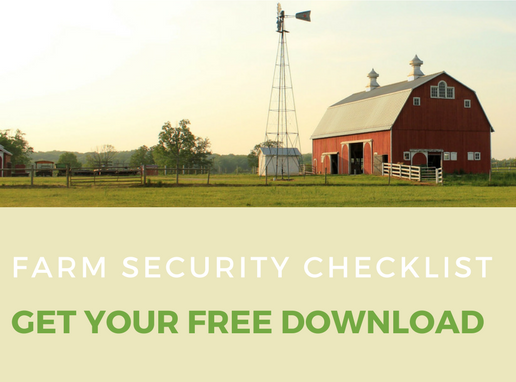We all use the internet for a variety of reasons: communication, entertainment, work, and a host of other things. For city dwellers, finding a good internet connection is a breeze; drive down most streets and you’ll pass any number of open WiFi hotspots. But it’s a different story out in the boonies, where internet access is painfully slow and limited. Miles away from anything that could be labeled “urban”, rural internet access is a problem without an overly easy solution.
To help you figure out what works best for you (and save you some time and research), we’ve compiled a short list of pros and cons of the four most popular ways to access the internet. Please refer to the FCC’s internet provider map to see what may be available in your area!
1. Dial-up
Pros:
Dial-up is the most basic, least expensive option, generally keeping below $30/month. It’s also one of the most available options - since internet service providers use your phone line to provide you with dial-up, you can get internet pretty much anywhere there’s a landline connection for phones.
Cons:
Along with being cheap, dial-up is also the slowest option, averaging 40-50 kbps (it would take several minutes just to to load this page at that speed). Dial-up also takes over your phone line, so you can't use the internet and talk on the phone at the same time. For this same reason, your connection doesn't always remain on and ready to go: you have to connect every time you want to get online.
2. DSL
Pros:
While DSL also utilizes phone lines to connect to the internet, it can do so at speeds two or three times faster than dial-up and is always on. DSL uses a different frequency on your phone line so you’re also able to surf the web and talk on the phone simultaneously.
Cons:
The higher speed comes with a price, as DSL can cost up to $250+ per month, depending on your provider and plan. Unlike dial-up, DSL is only available in certain areas - the effective range of a DSL connection depends on your proximity to the phone company office. The maximum range is about 3 ½ miles, and much farther than that means no internet for you.
3. Cable
Pros:
Cable internet is most often the fastest option, and doesn't use phone lines, so the quality of your phone connection has no bearing on the quality of your internet connection. Many cable companies offer a service package of cable and internet together, so if you already have cable TV, it’s easy to upgrade to also receive internet access from the same company.
Cons:
Despite its speed, cable internet isn't always the most consistent. Cable companies save money by connecting as many users as they can in a single area to the same cable line, so the quality of your connection can vary depending on how many of your neighbors are online at the same time. Additionally, the majority of cable companies don’t operate outside of urban areas. Some entire states don’t even get coverage from the main 5 cable companies (Centurylink, Comcast, Time Warner, AT&T, Charter), so its superior speed is tempered by its inferior availability. This is true particularly in rural locations, as most cable companies only service areas with higher population.
4. Satellite
Pros:
Due to its independence from both cable and telephone landlines, satellite internet can be accessed from nearly anywhere, making it ideal for remote locations. Satellite internet uses a dish in your yard or attached to your house to communicate directly with a satellite about 22,000 miles out in space, so you’re essentially able to get a connection wherever you can see the sky.
Cons:
While satellite internet is one of the the most accessible options, it’s also the most expensive, ranging from $50-$150 or more per month. And since the connection depends on communication between a grounded dish and an object in space, any sort of inclement weather or obstructions can interfere with the signal, causing a lost connection.
In Conclusion:
Despite the stigma of sorry connections, options do exist for reliable internet in rural areas, whether for your home, farm or both. Depending on your proximity to local towns or phone lines, you may have access to all four of the above options. If you are not near phone lines though, satellite may be your best bet. Check out this list of satellite providers to decide for yourself. Otherwise, look at the list of cable internet providers, DSL providers or dial up providers.
Smart Barn: Always There
Whether you have internet access or not, Smart Barn’s unique monitoring technology will work for you. Smart Barn’s monitoring sensors send information to a Verizon Wireless gateway, which stores all the data in the cloud so you can view the information and create reports at your leisure. Receive alarms for power outages, temperature changes, equipment failure, fluid leaks and more with Smart Barn's comprehensive line of sensors. Don’t let the health of your livestock and smooth operation of your farm depend on a sporadic connection to the internet. Take advantage of Smart Barn’s cellular system and rest easy knowing your farm is always being watched, bad weather or not, no matter where you are!

